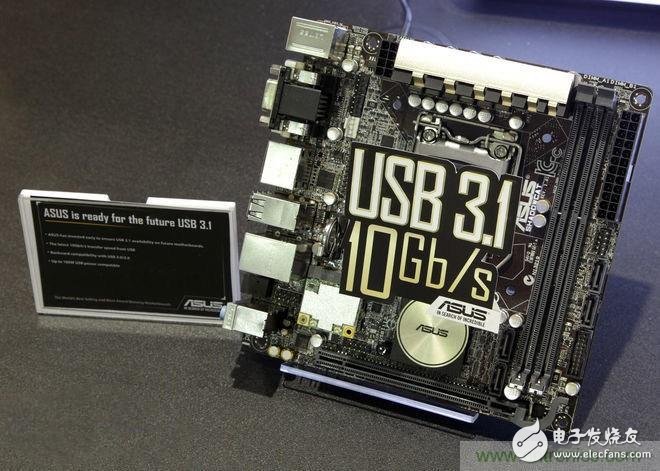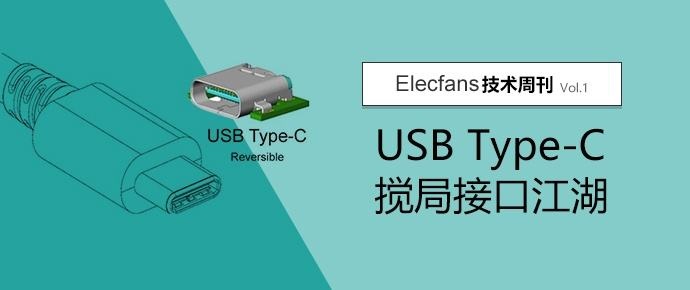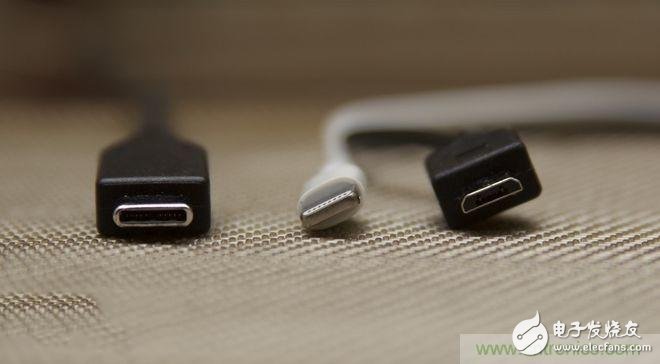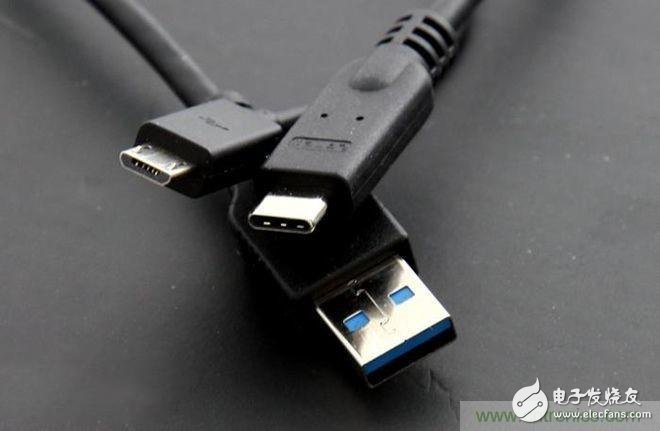More than a decade ago, the USB bus entered the mainstream of vision, providing a new storage direction, and using a unified standard to pull all the peripherals into their own camp. This is a huge contribution they have made to the entire industry, and no one will deny it. But the organization that promotes USB has a special name-finding technique that makes people unpredictable.
Today, more than ten years later, the evolution of three major versions of the USB standard, not only made a lot of aliases, the emergence of USB 3.1 also divided Gen1 and Gen2, not to mention the interface form of mini, micro, Type-ABC Defined.
This makes us ordinary people look at it as a pain. In the past, we judged which one is faster from the color of the interface and the plug. Now, looking at these new things, it’s silly and unclear. It is time for people who name the USB-IF to taste the back pot.
Full? High? Super? Sorry, my English is not very good...
Looking back at USB from 1.0 years ago, as of today's widely accepted 3.0, the USB standard has experienced four versions of iterations: 1.0, 1.1, 2.0, and 3.0. If you look at Arabic numerals, you can pass the mathematics of elementary school. People can know which version is more advanced. But USB-IF has a hobby of the stage name. They also give the transmission rate a name: 1.5Mbit/s called Low Speed, 12Mbit/s called Full Speed, 480Mbit/s called Hi-Speed, 5Gbit/s is SuperSpeed, language. The impact is much higher than the number of cold ice.
Unfortunately, the transfer rate will definitely be linked to the USB standard version, so USB-IF feels that it is quite sensible to give a few USB versions directly to the speed name, such as Hi-Speed ​​USB and SuperSpeed ​​USB. The result is that when there is a variety of things in one thing, once you mix it, you can't figure it out. Everyone looks very fast, how can I know which one is USB 3.0? And USB has a great feature called backward compatibility, so USB-IF simply lets the new standard "eat" the old standard, and then divides the old transfer rate below the new standard, so in rare cases You can see amazing things like Full Speed ​​USB 2.0.
This group of chaos should have been a situation that could not be cleaned up. Fortunately, at the juncture of USB 3.0, USB-IF thought of a surprisingly successful move - changing the color of the interface. They decided to let the USB 3.0/SuperSpeed ​​USB standard device use blue as the color of the interface plastic board to distinguish it from the old standard interface. The masses will celebrate each other for a time, even if it is myopia, one can recognize which interface standard update speed is faster. Although the downstream hardware manufacturers looked at the connector and added 5 pins and felt the pain, but the new interface was bitten, the promotion effect is worthwhile compared to the increase in cost.
Forced to divide USB 3.1 into two generations
But the good times are not long. In 2013, Intel twisted the two data streams of Thunderbolt interface into one, reaching the transmission rate of 20Gbit/s. USB-IF looked at you four times faster, and I couldn’t bear it. In July of that year, the USB organization publicized the USB 3.1 standard. According to the usual logic, USB 3.1 is an upgrade of USB 3.0, but discussing USB 3.1 today is faster than USB 3.0, or there are other advances that are not a topic, because USB 3.0 is no longer present in USB- The definition of IF is in it. In addition to the current standard, in addition to the 2.0 standard Hi-Speed ​​USB, only SuperSpeed ​​USB and SuperSpeed ​​USB 10Gbps.

Has the USB 3.0 standard, which has dominated the peripherals and mobile storage connectivity for several years, been declared dead suddenly? Obviously not, just the naming convention of USB-IF is really bad. You just should have seen it above. USB-IF also calls USB 3.0 called SuperSpeed ​​USB. So it seems that this SuperSpeed ​​10Gbps is USB 3.1? Innocent. When the USB 3.1 Gen 1 and USB 3.1 Gen 2 brothers are on the scene, what you want to do most is to press the head of the person responsible for the name in the USB-IF into the display. The so-called USB 3.1 Gen 1 is the original USB 3.0, the real new standard is this thing called USB 3.1 Gen 2. As for the English name of the transmission rate, although USB-IF likes it, we still choose to ignore it.
From the paper data alone, the USB 3.1 Gen 2 standard doubles the theoretical transmission rate to catch up with the first-generation Thunderbolt, and increases the signaling overhead from the ten-bit to the hundred-bit. The original 20% was down to 3%, which is a big step forward. But this time the downstream vendors are not faced with the cost and compatibility challenges brought by the acceptance of the new standards, so they would rather "upgrade" USB 3.1 with the naming mask of the USB organization, and do not want to make great efforts to apply the new interface. . So the vast majority now claim to support the "USB 3.1" standard, but will not explain whether it is Gen 1 or Gen 2 electronic products or PC accessories, in fact, the bones are still USB 3.0 capabilities.

You don't even think that USB type-c = USB 3.1
Because it has to adapt to different types of devices, before the appearance of USB type-c, the light is distinguished from the interface form. The USB 2.0 standard interface has USB Type-A, USB Type-B, miniUSB Type-B, microUSB Type-A and Five types of microUSB Type-B (excluding those that have been eliminated), and USB 3.0 Type-A, USB 3.0 Type-B and microUSB 3.0 Type-B have appeared in the USB 3.0 era. The USB Type-A, USB 3.0 Type-A and microUSB Type-B are the most commonly used in our daily lives. Because of the dual distinction between color and shape, people can more easily identify the purpose and speed of the interface.

However, in 2014, USB IF released the 1.0 version definition of USB type-c. This interface not only defines a new interface form that will not be inserted, but the number of contacts of 24 is far beyond the definition of the current USB standard. One or nine, so even though USB type-c can be compatible with the old standard by means of transfer, it is not an interface for the purpose of adapting to the current USB standard. This interface is prepared for the future. Since the USB Type-C is almost the same as the front foot of the USB 3.1, plus the USB type that was not plugged in and plugged in every day, many people lost their moments and confused the two.

However, the reality is that USB 3.1 Gen 2 is just a transmission standard, and USB Type-C is just a suitable physical carrier for it. USB Type-C can also carry USB 2.0 and USB 3.1 Gen 1 protocols, and now more and more smart phones that use USB Type-C as an interface are good examples. But USB Type-C can do more than just 10Gbit/s high-speed transmission of small movies: USB Type-C supporting USB PD 2.0 can supply power to large notebooks with high power of 20V/5A (100W); The additional mode USB Type-C can be externally compatible with this mode of display; Intel even chooses to share the interface with the USB Type-C on the definition of the third generation Thunderbolt standard.
Three sentences to clarify the USB standard chaosIt is now possible to summarize the full text in a few simple sentences:
1, USB 3.0 interface is usually blue, there must be more than 5 contacts, and the USB 2.0 interface will not exceed 5 contacts;
2, USB 3.1 Gen1 is a USB 3.0 for a vest;
3. Don't see USB Type-C and think it will be faster. Please look for USB 3.1 Gen2.
Although the final direction of USB must go towards USB Type-C/USB 3.1 Gen2, the popularity of a new standard and new interface will always take at least several years. In the future, we will definitely face the coexistence of new and old standards. In the chaotic scene, the vaccination should be done first. When you touch the device with USB interface in the next few years, you will be able to count on it and refuse to be pitted.

2835 Single Color Led Strip,Single Red Led Light,Single Color Led,Single Blue Led Light
NINGBO SENTU ART AND CRAFT CO.,LTD. , https://www.sentuledlight.com